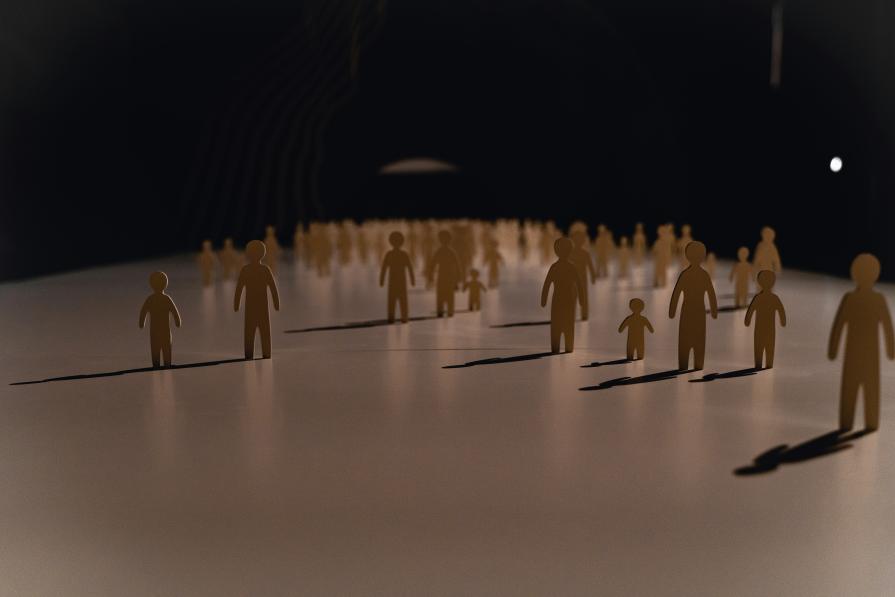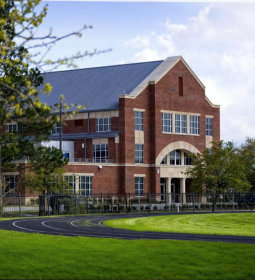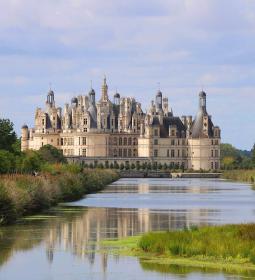Every year, the world's population increases, especially in the largest cities, centers of trade, economy and technology. A large number of residents are concentrated in these metropolises, life is in full swing literally on every corner, the streets are full of noise and traffic, and majestic skyscrapers compete for the title of the tallest structures in the world. We will tell you which cities are more densely populated than others and what attractions they can boast of.
Tokyo
In the ranking of the largest cities in the world in terms of population, Tokyo, the capital of Japan, leads. This gigantic metropolis, which occupies a large part of the southeastern region of the island of Honshu, is home to more than 37 million people.

Tokyo is a key world-class financial, commercial and technological hub. In addition, the city is known for its impressive port facilities, most notably the port city of Yokohama, and architectural landmarks, such as the Tokyo Skytree TV Tower. With a height of 634 meters, this tower is the tallest in Japan and one of the tallest in the world.
The city is also rich in historical and cultural sites, including palaces, monuments, temples, and gardens. Among the most popular places that attract tourists are the Imperial Palace and the Senso-ji Buddhist Temple.
Chongqing
Chongqing, China's most populous city, impresses with its size and population of over 33 million. This metropolis was expanding at such a speed that there was simply nowhere to build new houses! Therefore, when it was necessary to build a new metro line, it was decided to lay it directly through a residential building, which became one of the features of the city.

Geographically, Chongqing is located among the mountains, which is why even neighboring buildings are at different heights: this creates a unique urban architecture, where the entrance of one building can be at the level of the fifth floor of another. In addition, the Yangtze River flows through the city: its banks are connected not only by bridges, but also by a cable car.
The area of the city exceeds 82,000 square kilometers, including the surrounding rural areas as an agglomeration. This makes it the largest city in the world, not only in terms of population, but also in terms of area.
Delhi
With a population of almost 32 million, Delhi is the third largest city in the world. This city is the capital of India and therefore attracts people from all over the country who want to get an education, find a job or do research. Many large international companies are home to offices in Delhi. In addition, Delhi is an important cultural center of India, with many attractions listed as UNESCO World Heritage Sites, such as Humayun's 16th-century tomb and the Red Fort (Lal Qila).

The Lotus Temple in Delhi is an example of modern temple architecture. Delhi is also home to the Qutb Minar, one of the tallest minarets in the world, with a height of 73 meters.
Shanghai
Shanghai, one of China's largest cities and the world's trading center, has more than 24 million inhabitants. This modern city is known for its iconic skyscrapers: the Oriental Pearl Tower with a height of 468 meters, the Shanghai Tower with a height of 632 meters, and the Jin Mao Tower with a height of 421 meters.

Shanghai also offers travelers the opportunity to explore the old city area, with the Yu Yuan Garden and the Jade Buddha Temple among the most interesting places. The Shanghai Museum features a unique collection of ancient Chinese art, including ceramics, jade, antique furniture, and more, reflecting the rich history and cultural diversity of the region.
Dhaka
Dhaka, the capital of Bangladesh with a population of 23 million , is one of the most densely populated cities in the world. Located on the east bank of the Buriganga River, it is able to surprise even experienced travelers! Most of the city is made up of slums, dirty and noisy, and life is closely intertwined with the work and daily routines of the locals.

Although there are fewer attractions in Dhaka compared to other major cities, there are a number of places that are definitely worth visiting. These include the pink Ahsan Manzil Palace, the unfinished 17th-century Lalbagh Fort, and a replica of the famous Taj Mahal. In addition, not far from the capital is the historical district of Sonargaon, where you can look at the ruins of ancient stone buildings, temples and other structures.
São Paulo
São Paulo, one of the largest cities in Brazil, has a population of about 22 million people. It is an important center of global trade and industry. Located in the southeast of the country, among picturesque valleys and foothills, the city does not particularly attract tourists due to the lack of attractions.
The peculiarity of São Paulo is that a significant part of the Brazilian rich lives here, preferring to travel by helicopter. This has led to the fact that many buildings in the city center are equipped with helipads.

The city seems quite gloomy because of the factories, monotonous high-rise buildings, and favelas surrounding it. But in the Cathedral of São Paulo, you can find the largest organ in Latin America and the tombs of famous statesmen, which adds to the cultural significance of this city.
Mexico City
Metropolitan Mexico City is also considered the most populous city in Mexico, home to about 22 million people. One of the unique features of the city is its gradual sinking underground: every year, certain areas of Mexico City sink by several tens of centimeters under the influence of groundwater, which erodes the clay soil. Despite this, Mexico City remains a key business and industrial center of the country.
Architecturally, the capital of Mexico combines old quarters with colonial architecture and modern skyscrapers. The tallest of these is the Torre Mayor with a height of 225 meters. The cultural heritage of the city is represented by the Cathedral of Mexico City and the Palace of Fine Arts, located in Mexico City's main square, the Zócalo.
Not far from Mexico City, 50 km away, is the ancient city of Teotihuacan, where visitors can experience the atmosphere of centuries past as they explore the ruins of the Templo Mayor and the Pyramid of the Sun.
Cairo
It is known as one of the most densely populated cities in the world with a population of about 22 million people. It is also the largest city in the world where Arabic is spoken.
The central part of Cairo stands out for its historical structures, including fortresses, mosques, and palaces. Among the most popular tourist spots are the Salah al-Din Fortress, the Manial Palace, and the Egyptian Museum. Old Cairo attracts with the narrow streets of the Coptic Quarter.

Near Cairo there are famous ancient architectural structures that attract tourists. The most famous of them is definitely the Pyramid of Cheops, which is included in the list of the Seven Wonders of the World. Next to it are the pyramids of Khafre and Menkaure, as well as the famous Great Sphinx.
Beijing
Beijing, serving as the capital, financial and historical center of China, occupies an honorable place among the largest cities in the world in terms of population, with almost 22 million inhabitants. This metropolis is known not only for its modern achievements but also for its rich past.
One of the most famous landmarks in Beijing is the Great Wall of China. This unique structure stretches for more than 21,000 km (including dozens of branches), and is considered the most important symbol of Chinese culture and history. The Forbidden City in Beijing is another monument that holds a special place in Chinese history; It is the largest palace complex in the world, from which Chinese emperors ruled for centuries.
Mumbai
Mumbai, which completes our ranking, is one of the largest cities in India with a population of about 21 million people. It is widely known for the film industry, because it is here that the masterpieces of Indian cinema are created, which brought Mumbai the fame of "Bollywood".

The city also plays a significant role as an economic and cultural center of the region. Even though the city at first glance seems to be a bunch of dirty shacks with skyscrapers sticking out here and there, it has its own unique charm. Mumbai's city centre is rich in European-style architecture, as seen in buildings such as the Chhatrapati Shivaji Railway Station and Museum, the Taj Mahal Hotel, and the India Gateway Monument.












